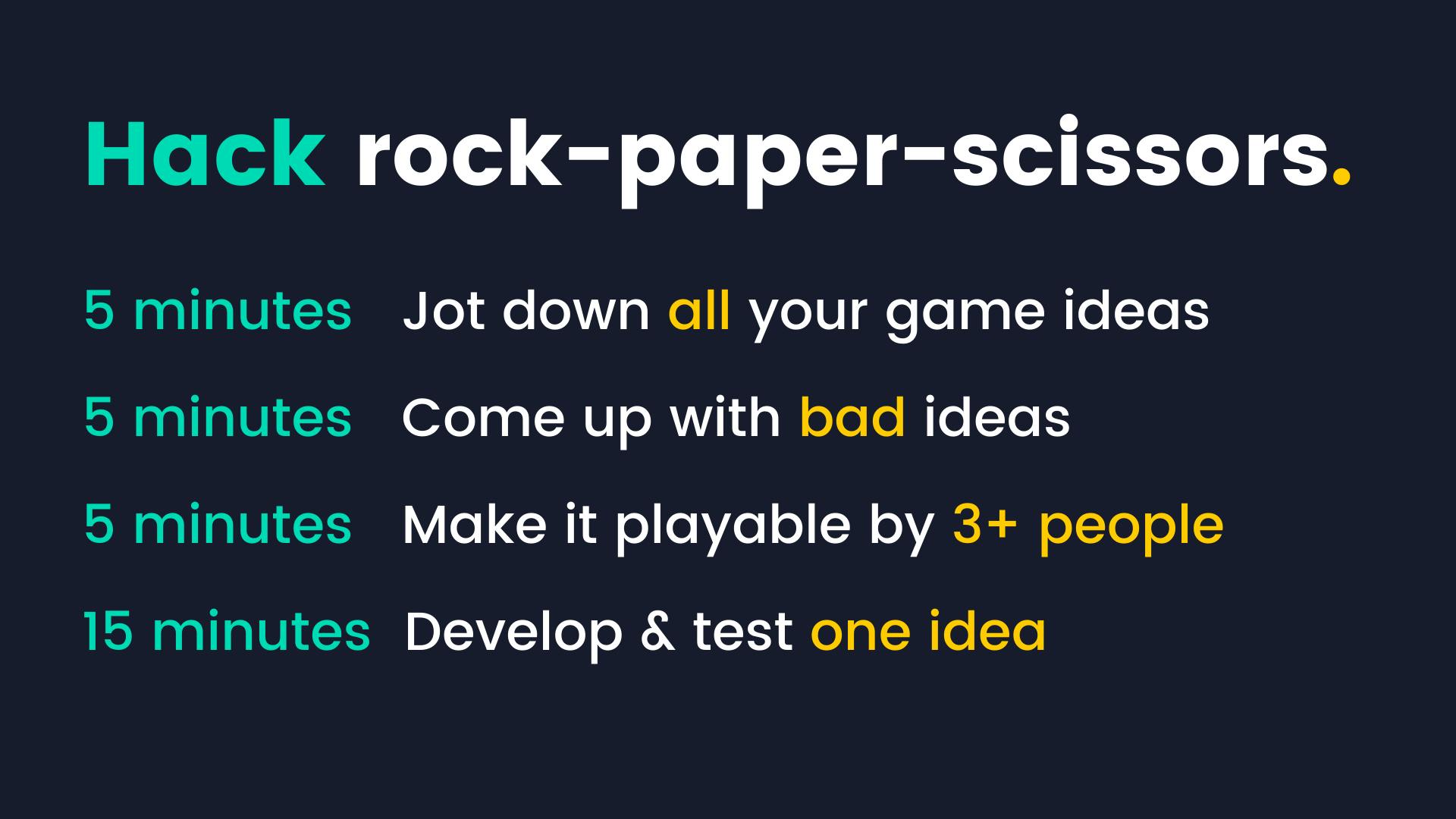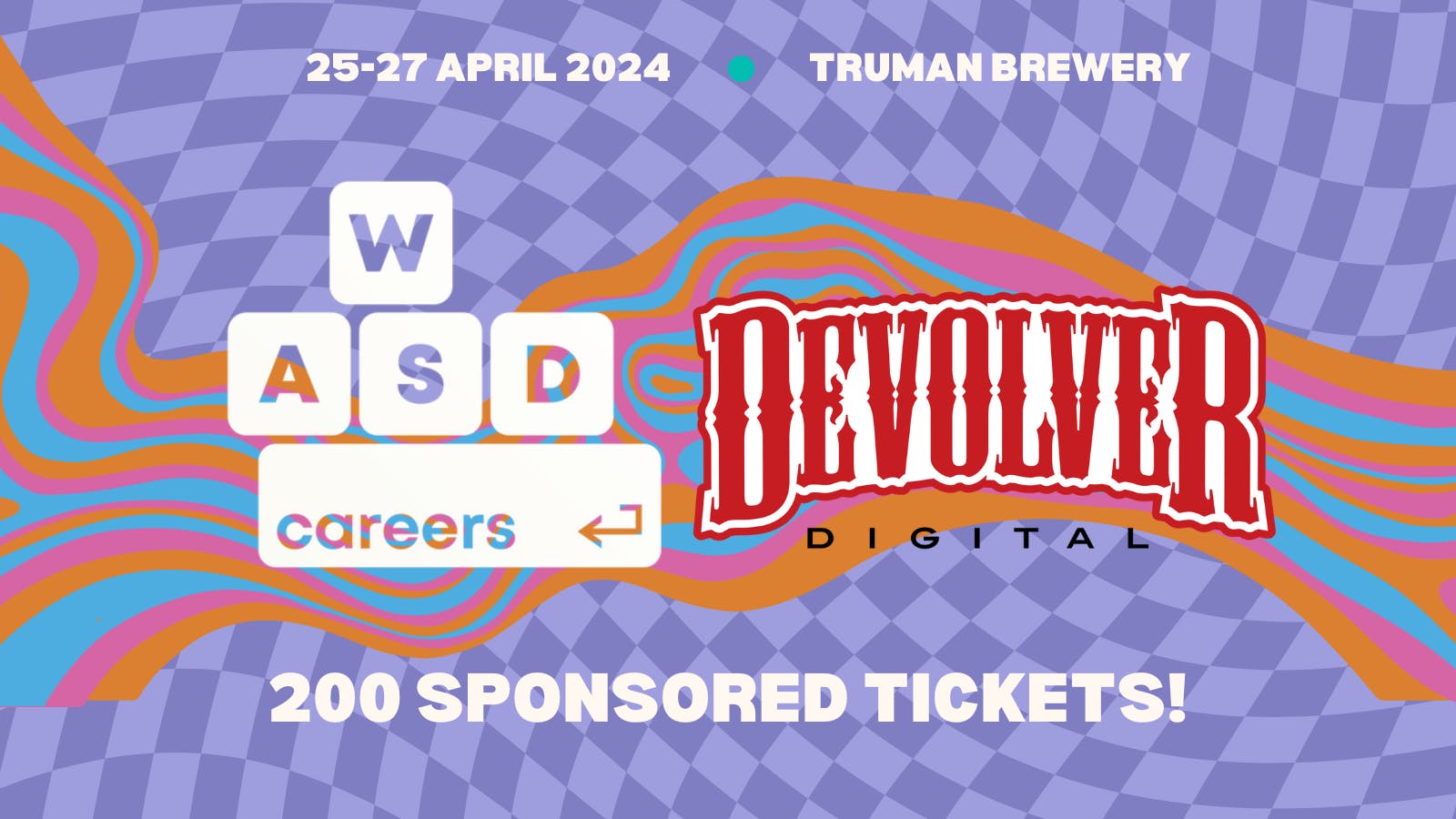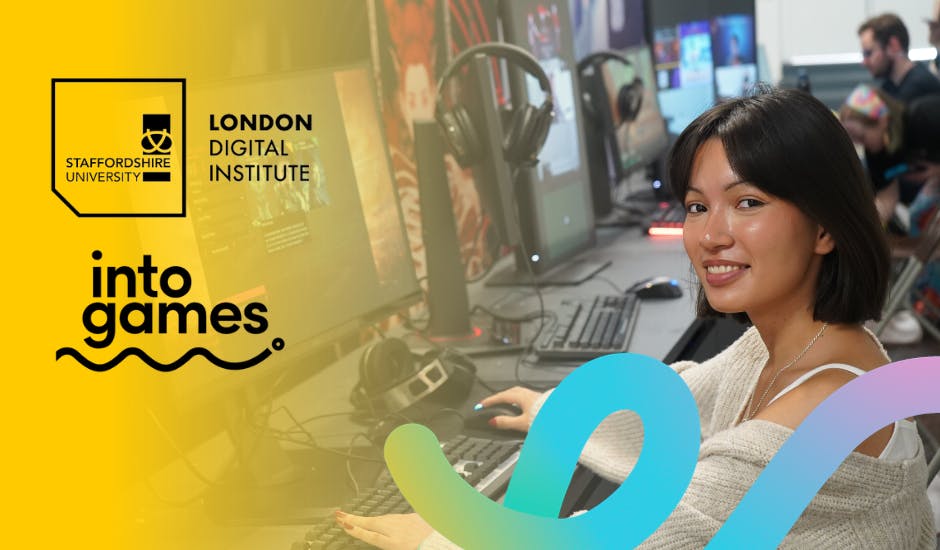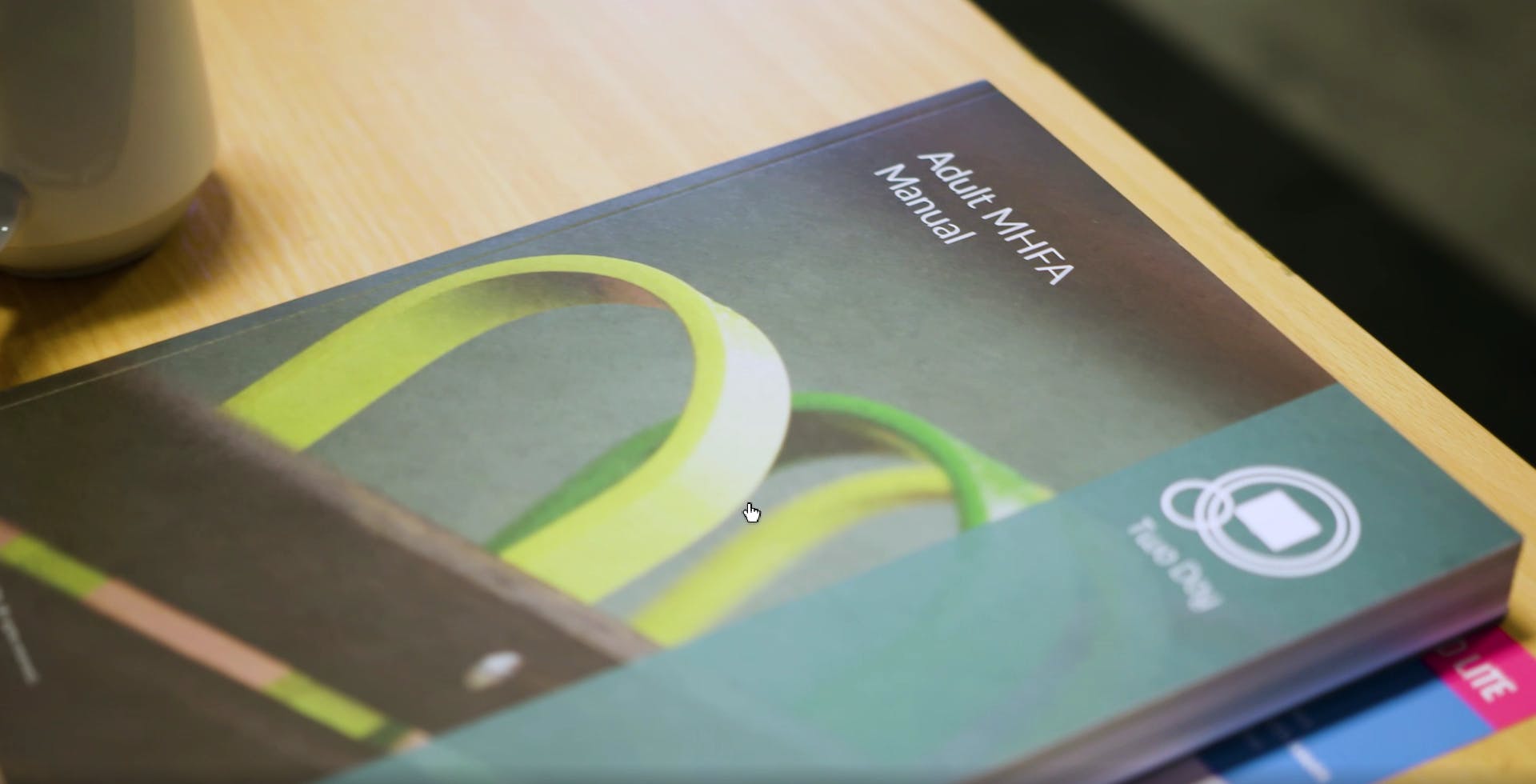Hi, I’m Matteo and I make games.
I’ve even been game designer in residence at the V&A, one of the biggest design museums in the world. But I don’t have a degree in game design.
When people came to visit the V&A residency studio, they often asked “How did you get into games?” and what they really meant was “Can I make games too?”
The answer for me is a massive “Yes, of course!” but if it’s not obvious to you, let me tell you why.
Why me?
You are creative
You may think you’re not creative. Other people, yes. But not you.
Maybe you weren’t encouraged or supported enough when you tried before, or you haven’t tried yet.
But think of anything you can do, and I’m sure there are many things you can do. Say, writing. Putting one letter after another, grouping them into words, and then words into sentences. At some point in your life you didn’t know how to write, but then you learned. We can apply the same thinking to creativity in general, and making games in particular.
Everyone can learn. You can learn how to make games and it won’t take a fraction of what it took you to learn how to write, because you know what? You actually have made games before...
You have made a game before
I often hear people saying “I can’t make games because I have not made a game before” and the answer is “well, are you sure?” because that depends on what we mean by “making” and “game”.
Let’s think about your childhood for a moment. I bet that as a kid you have designed games already, in the sense that you have come up with playful ways to interpret the world around you. Everyday objects have become props in your imaginary stories, and you have taken on the roles of heroes or villains. Aren’t those games?
OK, let’s consider something more conventionally “game”, like a board game. I bet you have at least once changed the rules of a board game to make it work in your favour, or to make it easier for younger players (such as your younger siblings or cousins) to play. See, you have been a game designer before, so what you need to do is re-awaken that inner game designer.
You have good ideas
“But I have no good ideas” I hear you saying.
That’s possibly the most dangerous belief to hold, and we’ll tackle that one first.
The thing is, in order to have good ideas, you need to have many of them, and learn how not to write them off immediately. You know that voice inside you that judges your ideas as soon as they appear, saying “oh, that will not work” or “that’s a silly idea”. We need to stop listening to it, while we’re generating ideas.
One trick we’ll practice is coming up with lots of bad ideas, bad on purpose. That trick can help you quieten that judgy voice, and appreciate your ideas are not that bad after all.
Re-awaken your inner game designer
This first lesson is a warm-up to re-awaken your inner game designer and come up with a lot of game ideas.
We’ll do that by hacking a game you already know: rock-paper-scissors.
😵 Hacking?!
Isn’t that a crime? Well, no. Hacking a game means to chop off (metaphorically) some of its rules and maybe replace them with new rules. Nothing criminal, just a fun way to break down the components of a game and rebuild them with your own ideas.
✌️🖐✊ So, rock-paper-scissors
Such a simple game, right? Behind this simplicity, there’s an elegant balance. Each one of its three elements is stronger than one and weaker than the other. And they’re all connected by a theme, so that the three moves make sense and are easy to remember. Scissors cut through paper but are blunted by a rock, makes sense. But who said that there can only be three elements? What if you had more, or less? And what if they were different things than stationary and a stone? Animals, people, concepts, other things? What if the goal was not to defeat your opponent?
The point is there is no right or wrong way to hack a game. Everything is allowed (as long as what you’re asking players to do is consensual). You can change the theme of the game, the rules, the goal, the way people play it, the place where they play it, the things they say or don’t say, etc.
The rock-paper-scissors hacktivity will help you realise how you can quickly generate new ideas by repurposing (aka hacking) old ideas, exploring variations (stretching them in any direction) and creating a lot of sparks and possibilities from which to choose from.

Let’s hack rock-paper-scissors!
Using rock-paper-scissors as a base, I’ll give you several creative mini-challenges to hack that game into different new games and get reacquainted with your creativity. After you’ve hacked a few new games inspired by rock-paper-scissors you’ll feel empowered and ready to start hacking more complex games that express/explore your interests.
Make sure you take a break between each challenge. Let your brain recharge by doing something different (than making games).
Here are the mini-challenges:
⏳5️⃣ 5 minutes challenge (1of3)
Put a 5 minutes timer on, and jot down all the ideas to hack RPS that come to your mind. Remember, there is no judgement at this point. Mute that critical voice inside you, and write / sketch everything that comes up. Also keep in mind that at this point you don’t need to have all the rules fleshed out. An idea is not a complete game, but it could be a spark for a game. Say, “a version of RPS you play only with your feet”.. I don’t know if and how it could work, but it’s an idea. The goal of this exercise is creating as many ideas as you can in 5 minutes!
Take a 5 minutes break.
⏳5️⃣ 5 minutes challenge (2of3)
Another 5 minutes timer, come up with bad ideas. Think about ways to make RPS terrible, impossible, too difficult, too boring. Whenever an idea comes to mind, write / sketch it down and then think “what could be even worse than that?”. Keep going for 5 minutes!
Take a 5 minutes break.
⏳5️⃣ 5 minutes challenge (3of3)
Another 5 minutes timer. Think about ways to make RPS playable by 3 or more people at the same time. The more, the better!
Take a 5 minutes break.
⌛️1️⃣5️⃣ 15 minutes from idea to playable game
Now, how many ideas did you come up with in 15 minutes? Pick the one you feel most inspired by (and if there are more than one that inspire you, pick one of them at random, and repeat this exercise later) and think about how you would actually play it. How will players express their moves.. with their hands, their voices, something else? And what will those moves look or sound like? How do you win a round? How do you win this game? Can you even win? Give yourself 15 minutes to write down some notes, then find someone to play-test your new game with!
When you try out your new game, keep in mind it may not work as you imagined. That’s ok, because a game is something you improve through playtesting. Don’t be discouraged, try and tweak the game while you are playing it with other people. Even experienced game designers keep changing their games when they playtest them. Tweak and test until you’re happy with the results. And don’t worry about binning an idea and trying a new one. The good thing about having many ideas is that you don’t have to stick with one.
What next?
Congratulations! You just made your own game :) (or maybe even more than one)
You’re now ready to start hacking more complex games that express/explore your own interests.
Optional
Here are some bonus challenges:
💞 cooperative hack-paper-scissors
🏝 solitaire hack-paper-scissors
📞 voice-only hack-paper-scissors


.png?ixlib=gatsbyFP&auto=compress%2Cformat&fit=max&w=1600&h=900)

.jpg?ixlib=gatsbyFP&auto=compress%2Cformat&fit=max&w=5760&h=3240)
.png?ixlib=gatsbyFP&auto=compress%2Cformat&fit=max&w=1600&h=900)

